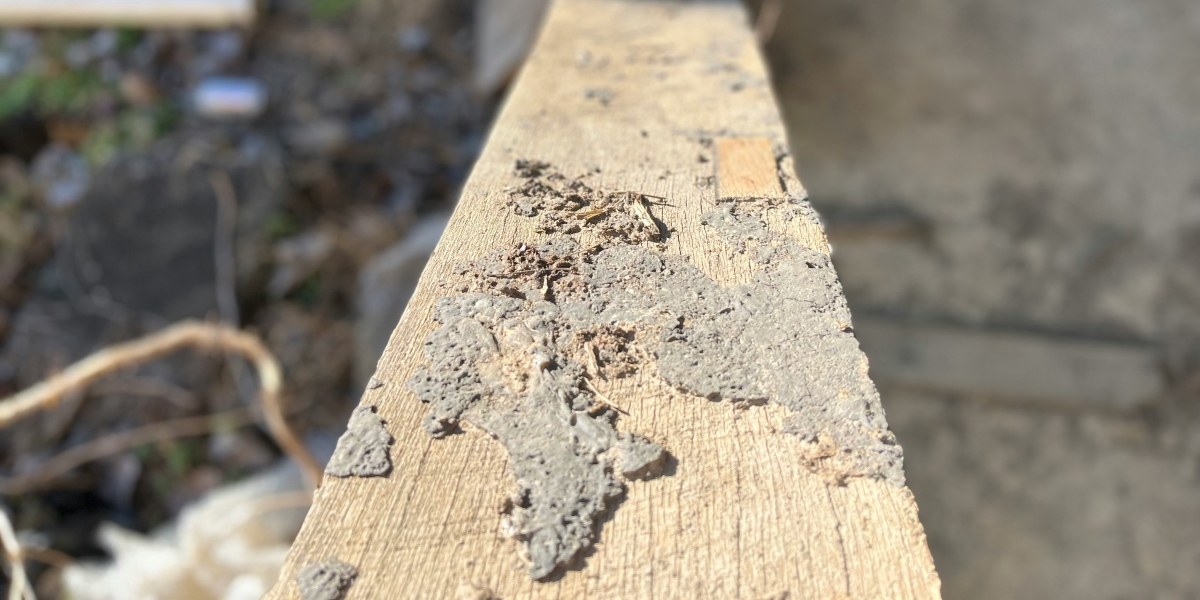Gabriel Mallet, a name that many associate with the realm of influence and contemporary art, recently made headlines with a performance in São Paulo that left us questioning the very essence of artistic expression. On his 23rd birthday, Mallet embarked on a journey that transcends conventional definitions of art, inviting us to ponder the intricate interplay between the artist, their audience, and the medium itself.
The performance, aptly titled “Astro,” was nothing short of astonishing. Mallet wielded a scalpel as his artistic instrument, drawing a star on his own chest, the pain and precision of the act tangible even through the screen. But what set this performance apart from mere shock value was the profound message it conveyed.
In an exclusive interview in Switzerland, where Mallet is currently residing, he shed light on the motivations behind his audacious act. “The depth of the cut was calculated; the mark I aimed to create was deliberate. Yes, it was agonizing, but as time passed, the pain gave way to a surge of adrenaline, almost as if it was an essential part of the process. I find solace in my decision, not only for its personal significance but also for the profound impact it had on those who witnessed it,” Mallet articulated.
What struck me as an art critic was not just the physical act itself, but the layers of meaning it unraveled. “Astro” was an exploration of authenticity, a stark departure from the predictable world of influencer culture. It challenged perceptions, prompting viewers to confront their own notions of self-expression and artistic boundaries.
The reactions from the audience were equally intriguing. Mallet’s audience, accustomed to curated content and filtered realities, found themselves face-to-face with an unexpected narrative. The shock factor was undeniable, but it quickly transformed into a shared experience, an emotional journey that transcended the boundaries of conventional art.
Mallet himself acknowledged the resonance of his performance: “The response from people was fascinating. It was a departure from what they expected of me, yet they seemed to grasp the underlying message. It was a rewarding experience that drew everyone into a unique, profound, and liberating moment.”
As an art critic, I can’t help but wonder what lies on the horizon for Gabriel Mallet. His unapologetic approach to art is a breath of fresh air in an era dominated by social media posturing. With optimism and anticipation, Mallet hinted at more surprises in the pipeline: “The future holds promise, as there are still numerous surprises planned for this project. What we’ve witnessed is merely the commencement of a broader artistic journey.”
In conclusion, Gabriel Mallet’s recent performance challenges the boundaries of traditional art forms and underscores the potency of art as a medium for authentic self-expression and introspection. It is a testament to the transformative power of creativity, and I eagerly await the next chapter in Mallet’s artistic evolution.





